Creating a fully modern kitchen, we estimated that by the time we were done, there would be 10 electrical circuits in the kitchen. We also knew we ended up wanting switches for the lighting circuits where the kitchen ended and living/dining area took over. Four dimmer switches to be exact. A five-gang box left room for a necessary GFCI outlet. We ran enough wire all at once to bring 10 circuits through one empty greenfield cable to this junction.
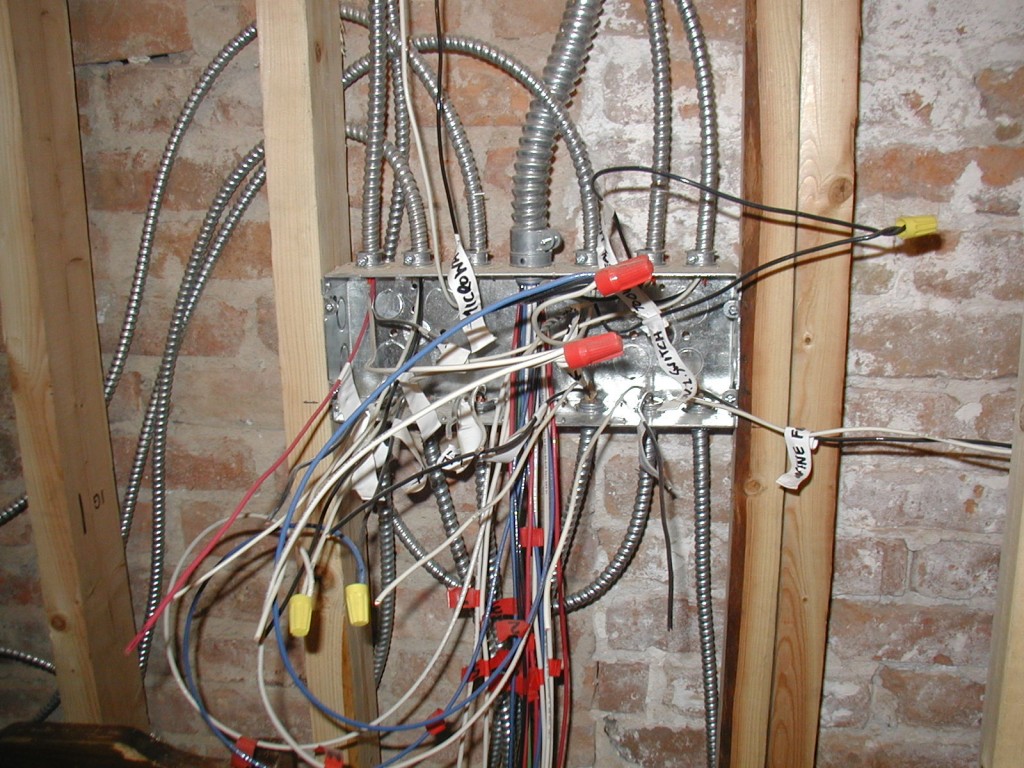
Here is our switch/junction box with allot of of the circuits in, but not yet connected to the feeds.
For this overall wiring job, I ran two of these green field (large empty BX flexi-tubes). This was a smart move for at least the two following reasons:
First, an electrical panel is ultimately of a finite size and can only easily accommodate a limited number of connections. Usually you will find that your electrial panel is wedged between 2 wood or metal studs, which usually eleminates connections to two of the four sides that wires could come in and out. Although you can bring a bunch of connections up from the bottom of the panel, most of the time you want to bring everything in from above and down to the panel. 20+ circuits can be tough to get into the top of a panel. In this case, one run got me 10 circuits through just 1 hole in the top of the panel. With my second run in this apartment (not pictured) I took care of another 5 sets of cable runs.
Second, there is a price saving to this big cable run as well. The electrical codes in New York City require, in most cases, armored (encased in metal) electrical cable runs through walls and on exterior surfaces as well. Copper wire is much cheaper purchased on spools of loose wire versus wire encased in BX. Some time is also saved from having to drill for, and pull 10 separate cable runs from you sub-panel.
Having your electrical wires encased in metal in your walls is better than romex for two important safety reasons. This first is providing and excellent grounding for all aspects of your electrical system. The second covers you for the random chaos factor that comes along with electrical systems helping to stop negligent, malicious, or accidental damage that can lead to a fire. (My best example here is preventing screws, nails, etc. that a person might drive into a wall and into electric wires wrapped only in soft plastic. Unfortunately, I’ve seen tenants drill screws right into the back on and electrical panel and right into the main cable supplying electricity to their floor. Even metal armor isn’t good enough if a person hits it with the worst possible luck.)

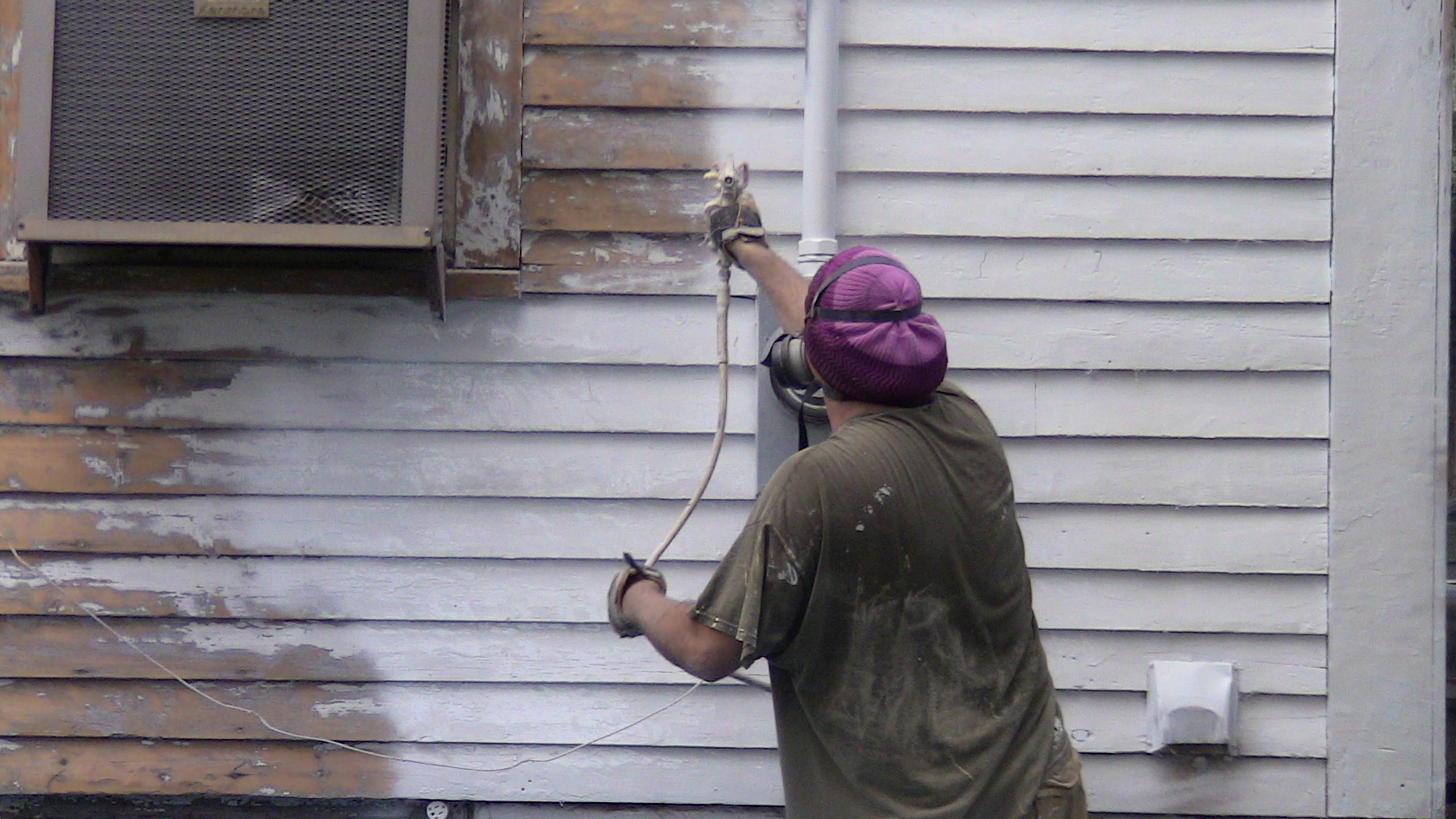
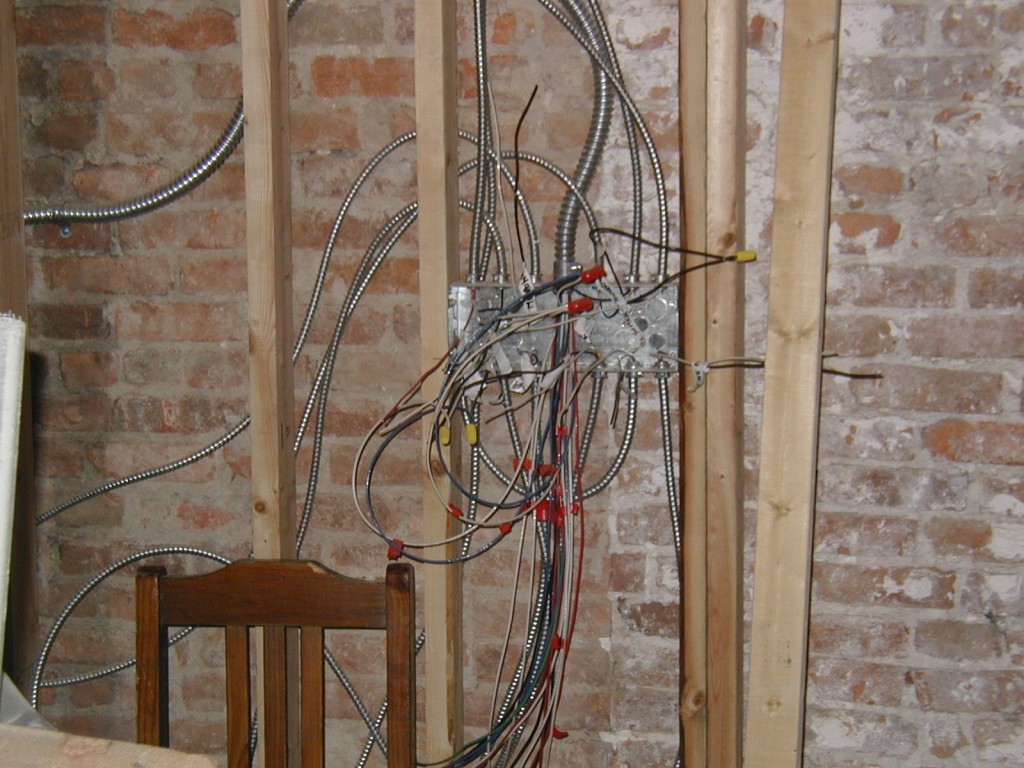
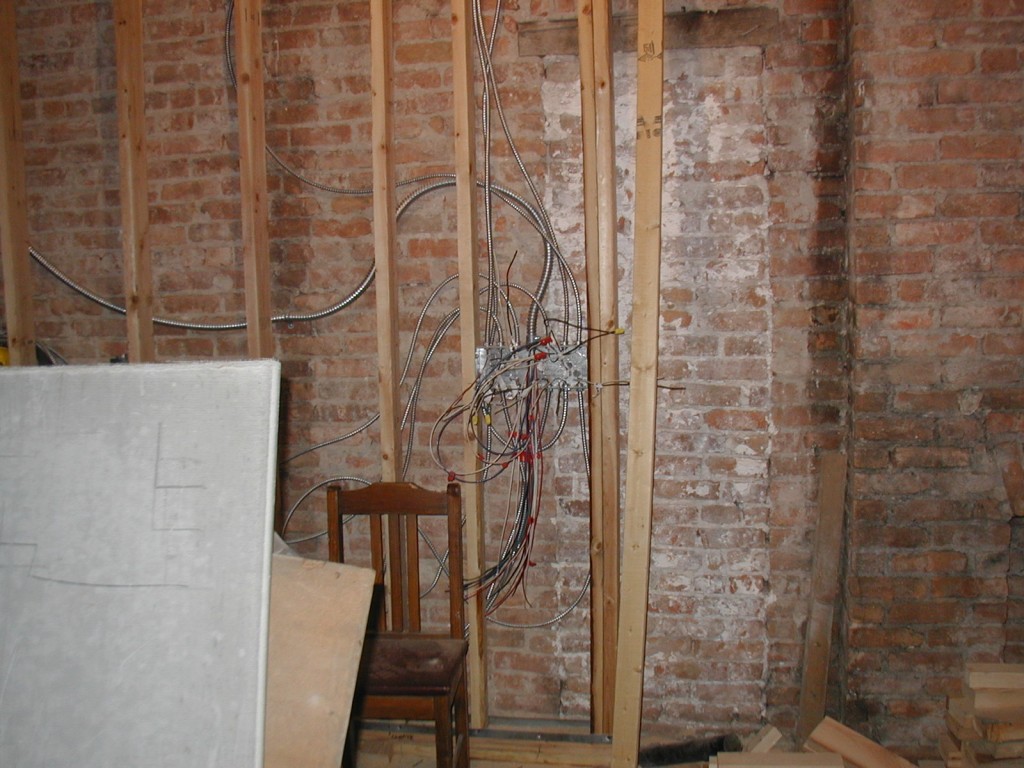
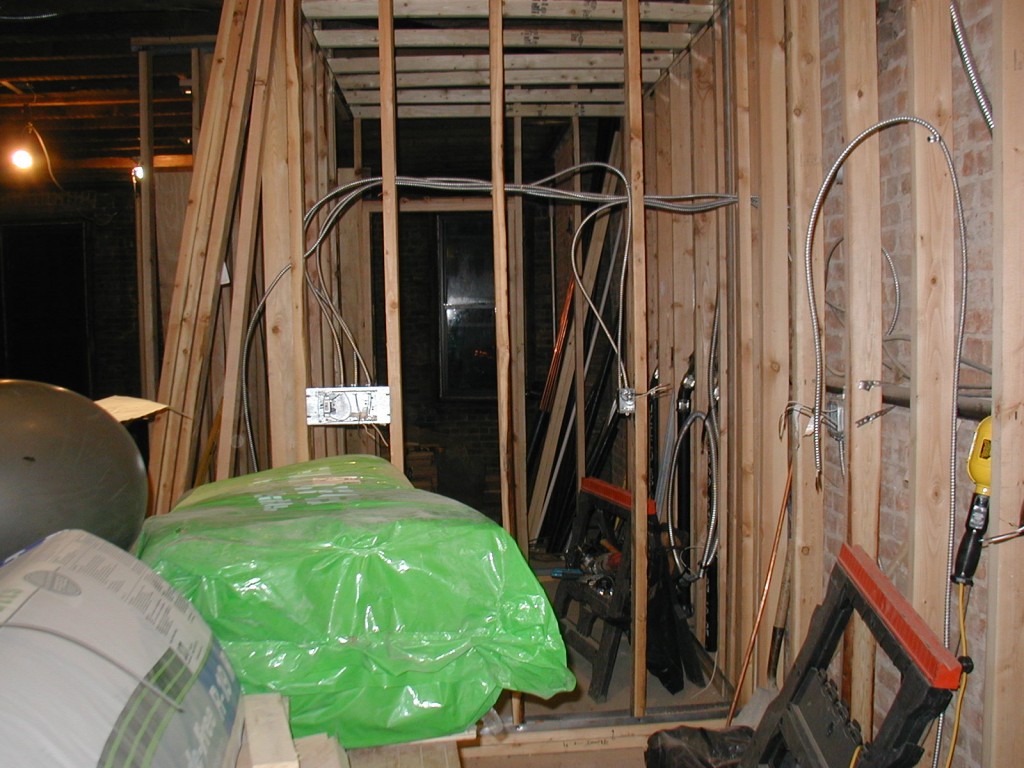
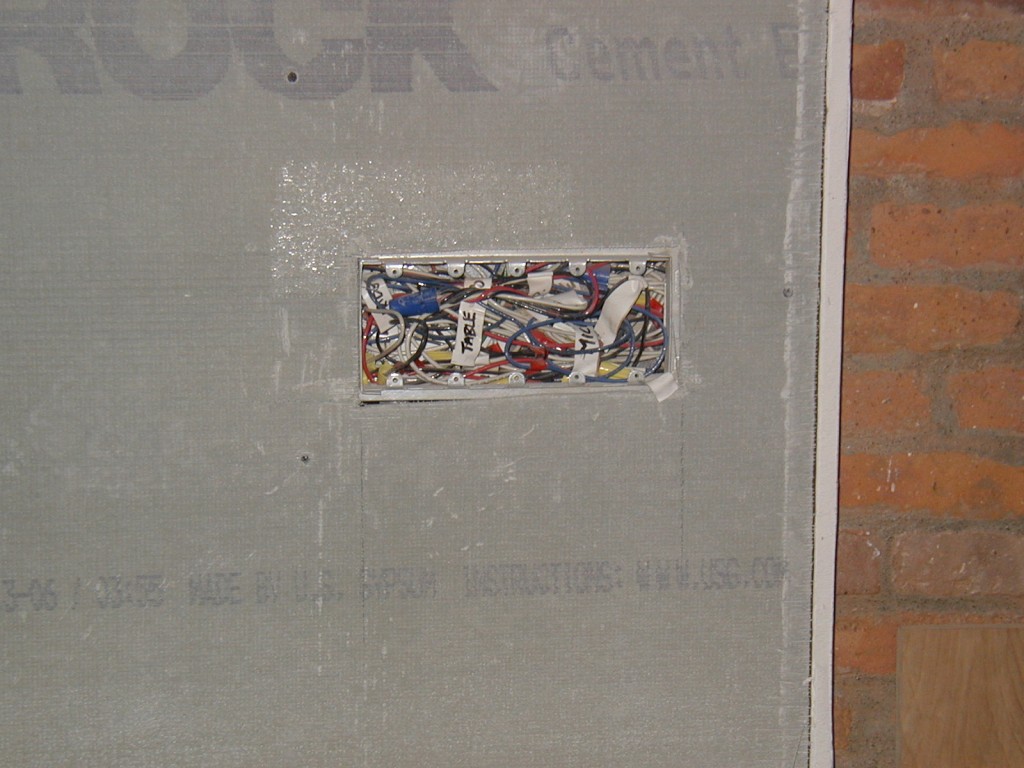
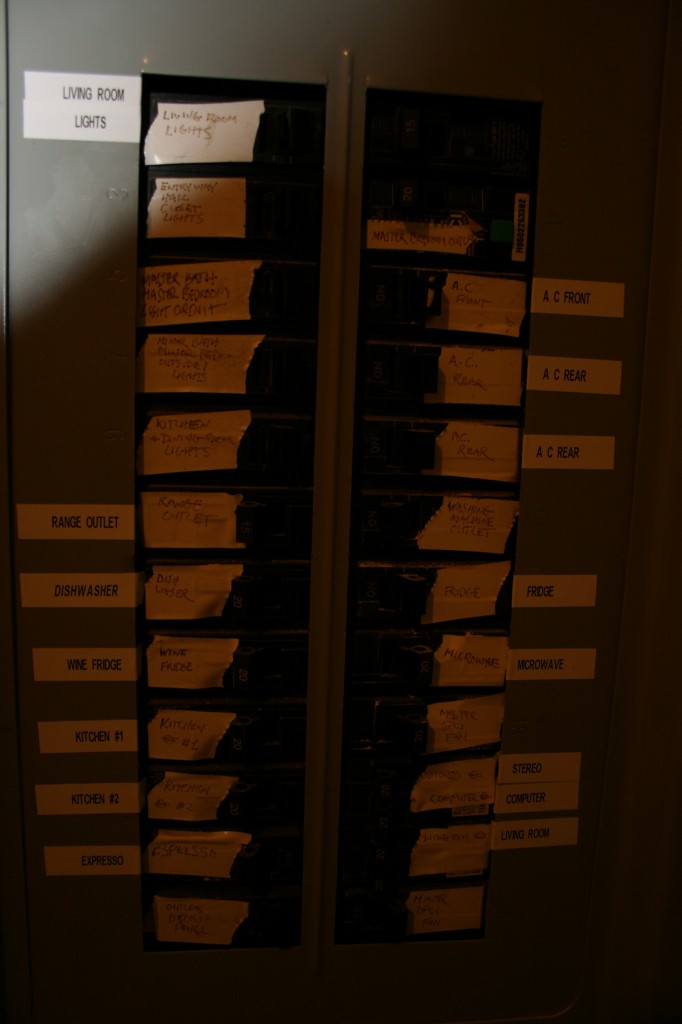
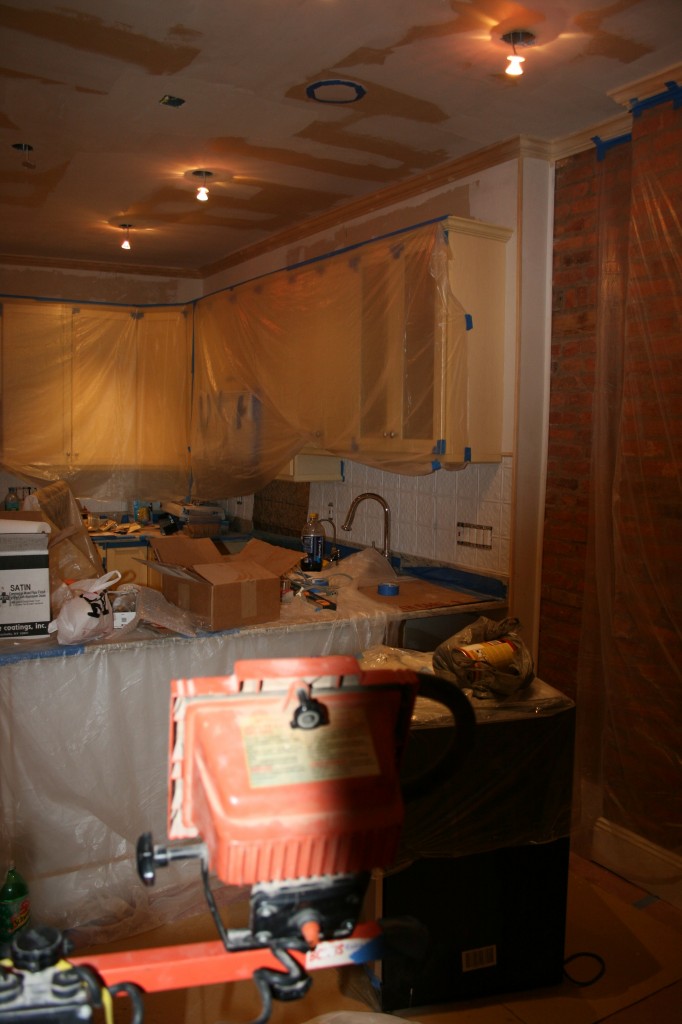
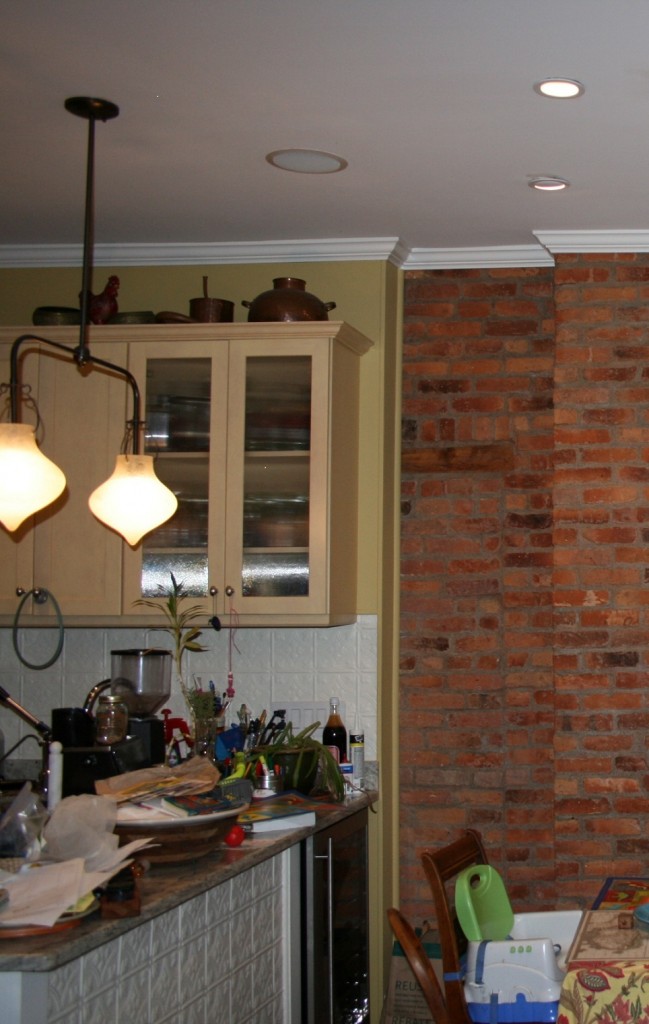



Can I clone your article to my blog? Thank you.
Samsung Camera Reviews
I’m not sure this is a real messge or not, but if it is, and you can clone this article, then there is probably no way to stop you anyway; so . . . Like any author I’d like to be given at least a modicum of credit for said work. Thanks.
What a lovely weblog. I’ll surely be back once again. Please preserve writing! 555833